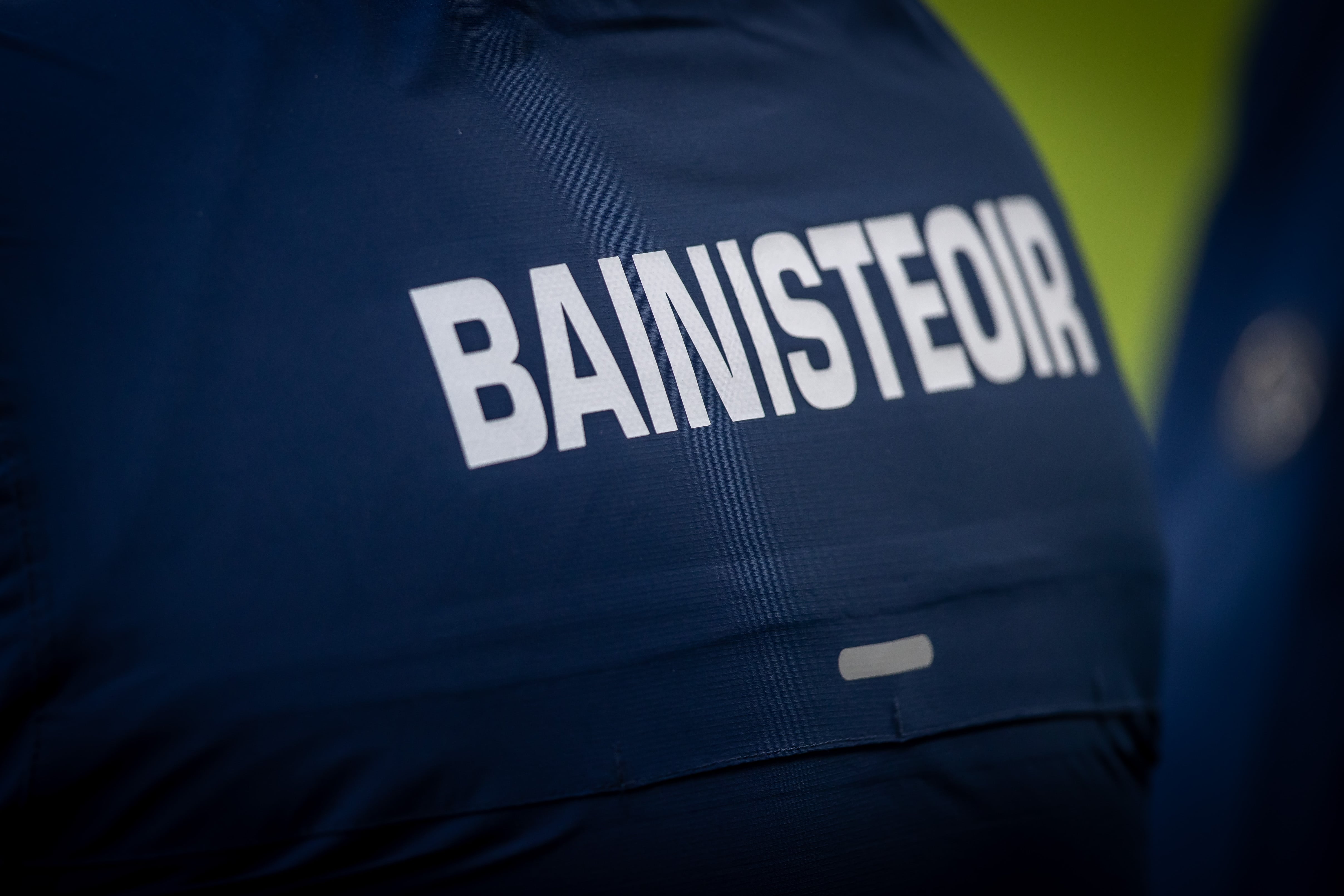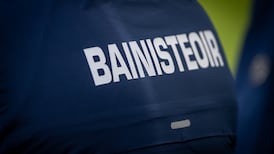Currency of goals gets bump in exchange rates
Is it too soon to say that goals are back for good? After years of sweepers, and over-loaded defences, long-range point-taking became the path of least resistance in hurling. But there were eight goals in Belfast on Sunday, just as there were in Ennis on the opening weekend of the hurling championship.
No game in last year’s Liam MacCarthy championship produced more than six goals, and that only happened twice. That number has already been beaten or equalled four times in the first month of this season, including in Páirc Uí Chaoimh and in Mullingar on Saturday night.
Liam Cahill and Michael Bevans are the most goals-orientated coaching team in the championship but Cork’s late comeback on Saturday was founded on goals and Pat Ryan has made no secret of his desire for Cork to be a goalscoring team.
Cork’s third and fourth goals on Saturday night had a similar appearance and Ryan was asked afterwards if they were “pre-planned” moves – something that would have been unimaginable in hurling only a short time ago. Without going into detail Ryan indicated that they were. They can’t be the only crowd thinking like that. – Denis Walsh
READ MORE
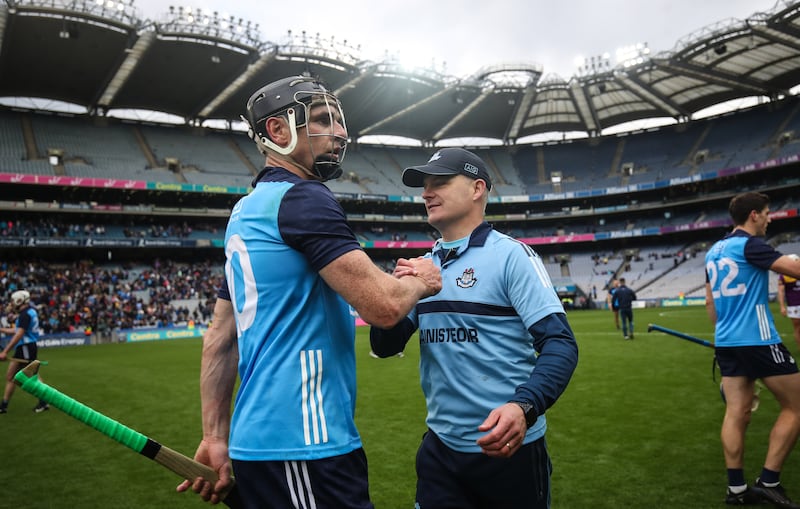
Dublin find some home comforts
Dublin hurling manager Micheál Donoghue was vindicated in the choice of Croke Park as home venue for Saturday’s crucial provincial championship match with Wexford.
The team gave its best performance of the season and took a big step towards qualifying from Leinster for the All-Ireland stages. The switch ticked a couple of boxes for the Dublin manager.
“First and foremost,” he said after the match, “they’re a really young team and who wouldn’t want to play in Croke Park? I think with the players that we have – and the hurling ability that they have and the athleticism that they have, the bigger pitch will suit us. So that’s for now and that’s for the championship that we’re in.
“In terms of the bigger picture and Dublin hurling and where the board want to drive it and where they want to go, when you have the opportunity to play in Croke Park, when a young fellah sees Donal Burke give the performance like he did in Croke Park, surely that will inspire younger generations to aspire to play for Dublin.”
Other than Dublin’s tactical advantage there was no other reason to play the match in Croke Park, as the crowd of 9,125 would have comfortably fitted into the actual home venue in Donnycarney.
Having got the result against Wexford, Donoghue’s team will wrap up the round robin at the end of this month against Galway. Strangely, they have never lost to the Westerners in a championship match in Croke Park going all the way back to the first encounter at the venue, an All-Ireland semi-final in 1920.
It covers five matches, the 1924 All-Ireland final, the 2013 Leinster final, a drawn provincial quarter-final in 2015 (all the weirder for losing the replay in Tullamore by 13 points) and a Leinster semi-final in 2021. So maybe it’s not just their athleticism that is guiding the decision to play on Jones’s Road. – Seán Moran
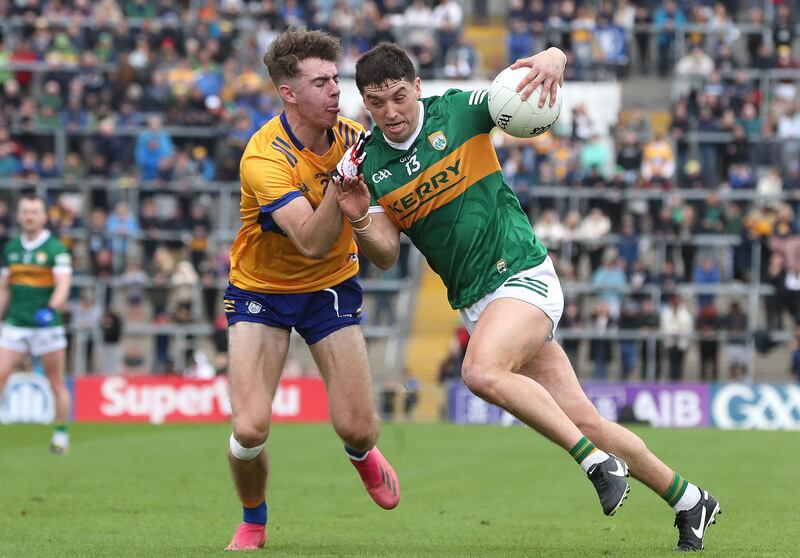
Kerry’s Brosnan stakes his claim
Kerry’s first goal in the Munster final was entirely of Tony Brosnan’s own making. He gathered the ball standing still, around 40 metres from goal on an angle out on the left. There were nine defenders between him and the Clare goal and only one team-mate, cornerback Dylan Casey making his first championship start. Freeze the frame and you’d have been bending logic to suggest there was a goal on from there.
But Brosnan had other ideas. He put the medal to the metal, found Casey with a long fist pass and sprinted past him to take the return, passing the whole Clare defence in the process. The fact that he was able to do it at all probably tells you the story of Clare’s day but even so, it was a brilliant piece of initiative and the way Brosnan celebrated showed that it meant plenty to him.
And why wouldn’t it? It’s been a long road for the Dr Crokes corner forward. Despite making his debut away back in 2016, yesterday was only his seventh championship appearance. The other subs who got a game on the day Brosnan came off the bench seven years ago – against Clare, as it happens, in an All-Ireland quarter-final – are a who’s who (or a who’s gone, even). Marc Ó Sé, Aidan O’Mahony, Barry John Keane, Anthony Maher, Bryan Sheehan. A different generation.
Brosnan has flitted in and out of the panel ever since. He has never started a game outside the Munster Championship. He has never played in an All-Ireland semi-final or final. Even though he started both games in Munster last year, he lost his place for the All-Ireland series and only got a run against Mayo when the game was won.
Yet here he is, Kerry’s top scorer from play in their opening two games in this championship. Both were turkey-shoots, yes. But Brosnan scored 0-5 from play against Tipperary and another 1-1 yesterday, as well as pinging a brilliant 40-yard cross field ball to open up the Clare defence for Dara Moynihan’s goal.
Brosnan is 28 this year and by no means a new kid on the block. But he’s making his claim. Interesting to see the strength of it tested in the coming weeks. – Malachy Clerkin
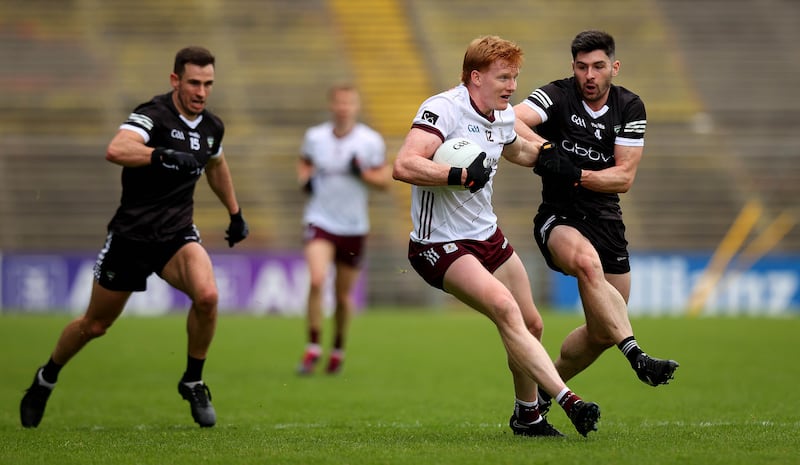
Romantic Ireland is dead and gone
These are encouraging times for Sligo football, but Sunday’s Connacht senior final defeat to Galway will have brought a certain degree of perspective to the road ahead for the Yeats County.
The fairy-tale story would have been Sligo winning the Nestor Cup just a day after the county qualified for a first ever All-Ireland under-20 football final. But in reality, the romance around such provincial final shocks is largely the preserve of the past now, because the top teams tend not to be caught as often.
In many cases the growth of expertise in relation to sports science and strength and conditioning has helped the top intercounty football teams open the gap on the lower-ranked sides. It was clear from early on in Castlebar that Galway were much further down the road in terms of their development than Sligo.
The margin of victories in both the Connacht and Munster football finals again raises questions over the provincial system. Can Louth change the narrative next Sunday at Croke Park? It would seem unlikely. It is too early to say what the future holds for Sligo, but they might well become a template for what can be achieved by setting out to build from the ground up, beginning from underage level and creating a competitive environment where they can compete regularly, and win silverware, at minor and under-20.
Tony McEntee is doing a fine job developing the senior side as well, they gained promotion from Division Four this term and he has set realistic targets for the championship. These are all building blocks. Year on year. For counties like Sligo it’s a marathon, not a sprint. – Gordon Manning
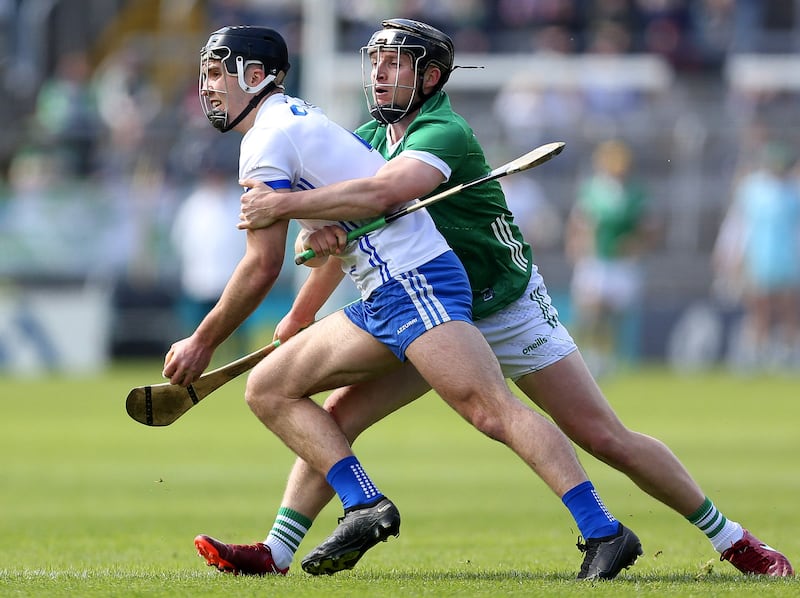
Crouching hurler, hidden danger
“Bend your back.” It’s been a mantra for every hurling coach in the land since forever. Bend your back. Get down over it. Two hands on the hurley. They sound like cliches because they are – part of the essential building blocks of the game.
Fair enough, at Liam MacCarthy level these days someone using two hands would probably be moving too slow to prosper, but the other two are arguably more important than ever – especially given that they are the lingua franca of the ruck (a significant change, as rucks used to be sorted out by what we will euphemistically call “ground hurling”).
The point is that the game exists with people constantly going into, and coming out of, crouching positions. This is not going to change. What has changed is supremely conditioned players storming in and hitting a crouching player into the head with their shoulder. In recent weeks we have seen Gearoid Hegarty and Ronan Maher do this “tackle”. Both escaped with yellow cards. Seamus Flanagan somehow escaped punishment for his shoulder into Stephen Bennett’s face, not only from the referee but from people who had a chance to sit and watch replays of it.
Let’s be clear here – all those tackles were dangerous, and all should have been straight red cards.
The GAA has to take action now on this, and the only possible solution is one of zero tolerance. Players that carry large sticks on a pitch already know they have a duty of care to their opponent. You know that your opponent is about to crouch to rise the sliotar, so it is incumbent on you, the tackler, to not shoulder them into the head (it is amazing to see the amount of players who shoulder an opponent into the head, and then indicate that same shoulder to the referee, as if in mitigation – “but ref, I only used the part of my body I could generate the most force behind”).
It is not complicated. It would take one weekend of refereeing this strictly for teams to realise it was not in their interest to continue with. It is an eyesore on the game that needs to be stamped out before we see someone carried from the field in a neck brace. What are we waiting for? – Patrick Nugent

